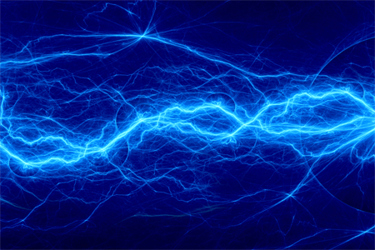Understanding Resonance Through The Spring And Mass Analogy

Resonant circuits are fundamental to high-performance electronics, enabling efficient energy transfer and frequency selection. A helpful way to understand resonance is through a spring-and-mass analogy. In this framework, a capacitor acts like a spring: voltage is analogous to force, charge to displacement, and capacitance to spring constant. Just as a spring stores energy when stretched, a capacitor stores energy when charged.
An inductor behaves like a mass, resisting changes in current similar to how mass resists acceleration. This “electromagnetic inertia” means voltage is required to change current, just as force is needed to accelerate a mass. Combining a capacitor and inductor forms an LC resonator, analogous to a mass on a spring. When energy is introduced, it oscillates naturally at the circuit’s resonant frequency. Electrical resonance involves energy exchange between the capacitor’s electric field and the inductor’s magnetic field, allowing the circuit to selectively pass or reject signals based on frequency.
This visualization helps designers predict how changes to component values affect oscillation, tuning, and filtering behavior. LC tank circuits are widely used in RF filters, wireless charging systems, and power converters, where controlling specific frequencies is critical. By thinking of energy “bouncing” between capacitor and inductor, engineers can better understand resonance, optimize performance, and design reliable, efficient circuits.
Get unlimited access to:
Enter your credentials below to log in. Not yet a member of RF Globalnet? Subscribe today.
